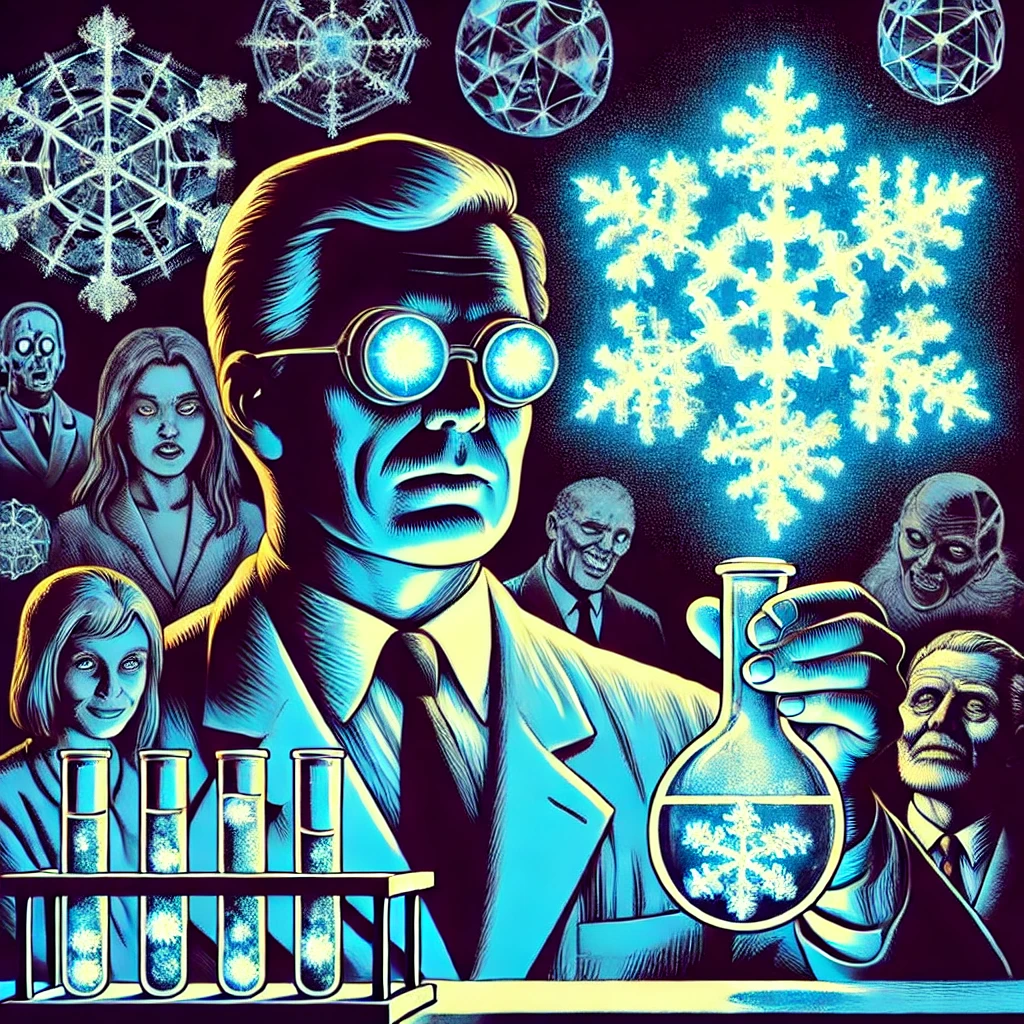Dr Masaru Emoto Hado Water Crystals
Abstract
Tap water does not form beautiful crystals when frozen. Certain types of water do, however, produce beautiful crystals.
Content
This experiment is… well there are no words that can explain it. I’ll try tho, Dr. Emoto found out that by just taping positive words to the side of a bottle of water it produced fascinating hexagonal crystals (like when you play music next to water). He then taped negative words on the same type of water and they wouldn’t form crystals (like snowflakes) but ugly looking shapes that look like bacteria. If you watch the whole experiment you will be blown away and the lesson is that we absolutely have to choose our words carefully, especially when telling yourself positive or negative things because we are 70% water and it can literally have a physical effect. I am definitely going to try the rice experiment with Livi, to show her the power of words. If you put thank you on a clear container of cooked rice it doesn’t go bad after a month, but if you put I hate you on it turns pure black!
Dr. Masaru Emoto was a Japanese researcher and author known for his work on the effects of consciousness, thoughts, and emotions on the molecular structure of water. One of his most famous experiments involved photographing water crystals after exposing them to various stimuli, such as music, words, or thoughts. Emoto claimed that positive or negative stimuli could influence the formation of water crystals, resulting in aesthetically pleasing or distorted patterns.
The term “Hado” used by Dr. Emoto refers to the intrinsic vibrational pattern or energy of all things. According to Emoto, Hado can be influenced by external factors, including human consciousness and intention, and can affect the molecular structure of water.
However, it’s important to note that Dr. Emoto’s work and his claims have been highly controversial within the scientific community. Critics have raised concerns about the lack of scientific rigor in his experiments, as well as the subjective nature of interpreting water crystal photographs. Many scientists have pointed out that water crystals naturally vary in shape and structure due to factors such as impurities, temperature, and handling conditions, making it difficult to draw definitive conclusions about the effects of external stimuli on water.
Despite the controversy surrounding his work, Dr. Emoto’s research has sparked interest in the potential connections between consciousness, intention, and the properties of water. While his findings have not been widely accepted within mainstream science, they continue to be embraced by proponents of alternative medicine, spirituality, and holistic healing.
